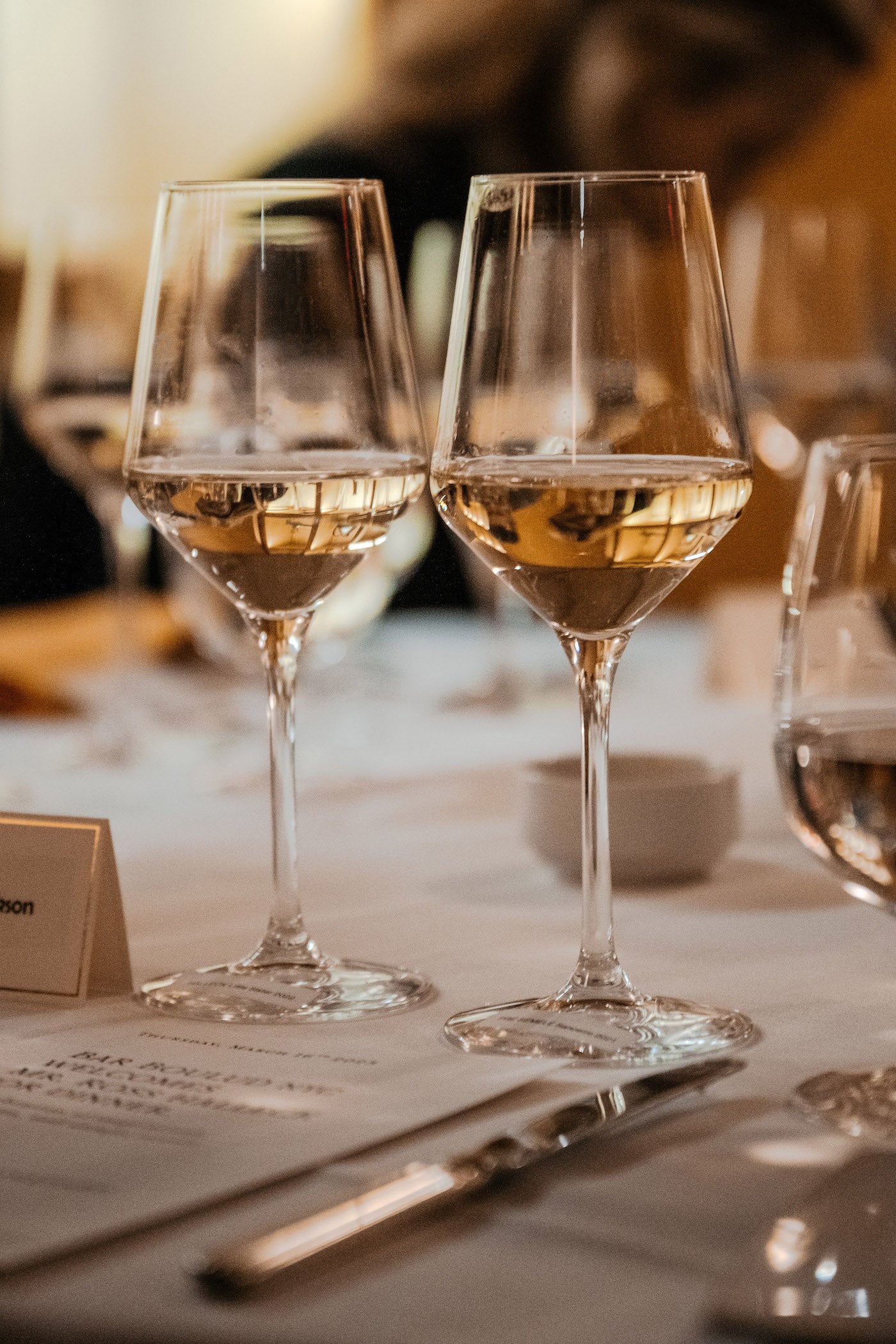Discover the Tastes of Estate Pinot Noir and Chardonnay in Sebastopol 95468
Understanding the nuanced vocabulary associated with winery wine tasting is crucial for each novices and seasoned connoisseurs alike. Each term brings to life the experience of tasting wine and may improve one’s appreciation of the many intricacies involved. Wine tasting is more than just consuming; it is an art that involves varied senses and emotions.
To begin with, the term "nose" refers again to the aromas one detects when smelling the wine. This is a vital step as a result of the bouquet units the stage for the tasting experience. Notes of fruit, spice, earth, and wooden might mingle, providing a glimpse of what the palate would possibly confirm. Understanding "nosing" the wine can dramatically elevate one's sensory journey.
Another key facet is the term "physique." The body of the wine describes its weight and fullness on the palate. A full-bodied wine has a strong presence and tends to linger longer after swallowing. Conversely, light-bodied wines might feel more delicate and refreshing. Recognizing the body helps tasters assess the wine's structure and steadiness.
Toast Craft Wines at California Vineyards 95433
The idea of "tannins" is vital in purple wine tasting. Tannins are compounds derived from grape skins, seeds, and stems, contributing to a wine's texture and getting older potential. High tannin wines often end in a dry mouthfeel, whereas decrease tannin levels yield a smoother experience. This distinction is particularly essential when pairing wines with food, as tannins can both complement or conflict with sure dishes.
In addition to tannins, "acidity" plays a significant role in the wine tasting experience. Acidity provides wine its crispness and liveliness - Sample the Finest Wines from Sonoma. Wines with higher acidity are usually refreshing and energizing, making them excellent companions for quite lots of foods. Recognizing acidity can drastically improve one’s food-pairing capabilities and general tasting enjoyment.
When delving into the flavour profile of a wine, one may encounter the term "end." The finish refers to the aftertaste that lingers within the mouth after swallowing. A long end is usually associated with high-quality wines, as it signifies complexity and depth. A brief end might suggest an easier wine. Understanding how to evaluate the finish can reveal much a few wine's character.
Exploring the "vintage" is also integral to wine tasting terminology. The vintage denotes the yr during which the grapes were harvested. Totally Different years can yield vastly different results as a outcome of variations in climate circumstances. For occasion, a hot summer can produce extra concentrated flavors, whereas a cooler year might yield more refined, nuanced wines. Understanding vintage allows for a deeper appreciation of a wine’s origin and potential.
Inclusive Wine Tasting Experiences in Sebastopol
The term "terroir" encompasses the geographical and environmental elements that contribute to a wine's unique character. Elements similar to soil kind, climate, elevation, and topography all play a role within the flavor and quality of the wine. This connection to position helps one perceive why wines from different areas can taste so distinctively completely different, even when made from the identical grape variety (Vineyard Views and Wine Flights in Sonoma County).

When engaging with wines, the phrase "leg" refers back to the droplets that kind on the within of the glass after swirling. These droplets can indicate the wine's alcohol content and viscosity. While observing the legs may not directly relate to the wine’s taste, it adds to the general experience and intrigue of wine tasting less transparent.
Navigating Sonoma County's Vineyards and Wineries 95468
A more specific term that may arise during tastings is "oak." The influence of oak barrels on wine can impart flavors such as vanilla, toast, or spice. The degree wineries of oak growing older can differ widely among wines, affecting each aroma and style. Understanding oak remedy offers insights into the winemaker’s decisions and the resulting complexity of the wine.
In wine tasting, one might also hear the term "palate." The palate refers to the overall style experience within the mouth. This encompasses sweetness, bitterness, acidity, and physique. A well-balanced palate is crucial for a harmonious tasting experience, and recognizing any imbalances helps assess the standard of the wine.
The experience of wine tasting is significantly enriched by understanding the terminology that accompanies it. Each term serves a purpose, enhancing the power to convey thoughts and emotions in regards to the wine one's experiencing. This vocabulary bridges communication between tasters, sommeliers, and winemakers alike.

To fully get pleasure from wine tasting, it is important to interact all senses. The sight of the wine, its colour, and clarity can provide perception into its age and high quality. Swirling the wine releases aromas that heighten the olfactory experience, whereas the actual tasting allows for a whole analysis of the wine's profile.
Attend Wine Experiences Around Sebastopol 95407
In conclusion, understanding the detailed clarification of winery wine tasting terminology greatly enhances the experience of tasting. Each term invitations the taster to engage more deeply with the wine, encouraging connections to the senses, the winemakers, and the lands where the grapes are grown. This nuanced vocabulary creates a richer, more fulfilling wine tasting experience.
- Aroma refers to the scents released by the wine, which may point out its grape selection and affect the tasting experience.
- Tannins are pure compounds present in grape skins, seeds, and stems, contributing to the wine's construction and growing older potential.
- A end, or aftertaste, is the lingering flavor sensation that is still on the palate after swallowing, typically a key indicator of high quality.
- Physique describes the load and fullness of wine in the mouth, usually categorized as light, medium, or full-bodied.
- Terroir denotes the unique environmental characteristics of a vineyard that affect the taste and high quality of the wine, together with soil kind and local weather.
- Acidity is a crucial element that contributes to a wine's freshness and stability, impacting its aging capability and overall flavor profile.
- Vintage indicates the 12 months grapes had been harvested and performs a big position in determining the wine's characteristics, reflecting particular weather conditions.
- Decanting entails pouring wine from its bottle into another vessel, allowing it to aerate and enhancing its flavors and aromas.
- A corked wine may be tainted by a defective cork, leading to musty or off-putting flavors that detract from the wine's meant profile.
- The term “legs” refers to the droplets that cling to the inside of a glass after swirling, usually related to the wine's alcohol content material and viscosity.undefinedWhat is the which means of "nose" in wine tasting?undefinedThe "nose" refers again to the aroma profile of the wine, which is detected via the sense of odor. It's a vital facet of wine tasting, as aromas can reveal a lot about the grape selection, winemaking process, and aging.
How ought to I properly style wine?undefinedTo style wine successfully, follow these steps: observe the colour, swirl the wine to aerate it, take a mild sniff to capture the aromas, sip and let it coat your palate, and at last, note the finish. This approach helps in appreciating the wine’s complexity.
What are "tannins" and how do they have an result on wine?undefinedTannins are pure compounds found in grape skins, seeds, and stems that contribute to a wine's structure and astringency. They can create a drying sensation within the mouth, and so they also play a role in the wine's getting older potential.
Planning the Ideal Wine Tasting Day in Sebastopol 95407

What does the term "stability" mean in wine tasting?undefinedSteadiness refers back to the harmony between the completely different elements of a wine, corresponding to acidity, sweetness, alcohol, tannin, and flavor intensity. A well-balanced wine could have every of these components supporting one another somewhat than overpowering the others.
What is the significance of "terroir" in wine tasting?undefinedTerroir encompasses the environmental factors—such as soil, local weather, and geography—that influence the traits of the wine produced in a specific region. Understanding terroir helps tasters respect the distinctive qualities that different areas impart to their wines.
What does "vintage" imply and why is it important?undefined"Vintage" indicates the year when the grapes had been harvested. It is crucial because it affects the wine’s quality and characteristics, as climate conditions in the course of the growing season can considerably influence flavor profiles and aromatics.
What are "legs" and what do they signify?undefined"Legs" check with the droplets that kind and run down the inside of a glass after swirling wine. Whereas they'll indicate alcohol content material and viscosity, they do not determine quality—this is Full Article extra about personal perception of richness.
A Look Inside Wine Tasting in Sonoma County
What does "full-bodied" imply versus "light-bodied"?undefined"Full-bodied" wines are rich, dense, and infrequently have greater alcohol content and complex flavor profiles, whereas "light-bodied" wines are more delicate and refreshing with a decrease alcohol content. This distinction helps tasters understand the anticipated weight and mouthfeel of the wine.
How can I identify fruit flavors in wine?undefinedTo establish fruit flavors, think about the aroma and style profiles. Swirl the wine, inhale deeply to capture the bouquet, and give attention to particular characteristics. Familiarity with typical fruit profiles of assorted grape varieties can enhance this identification course of.
What is "finish" in wine tasting?undefinedThe "end" refers to the aftertaste that lingers within the mouth after swallowing. A long, advanced finish is commonly a sign of high quality in a wine, because it reflects the depth of flavor and general craftsmanship in the winemaking process.
Comments on “Top Reasons to Visit Wineries in Sonoma County”